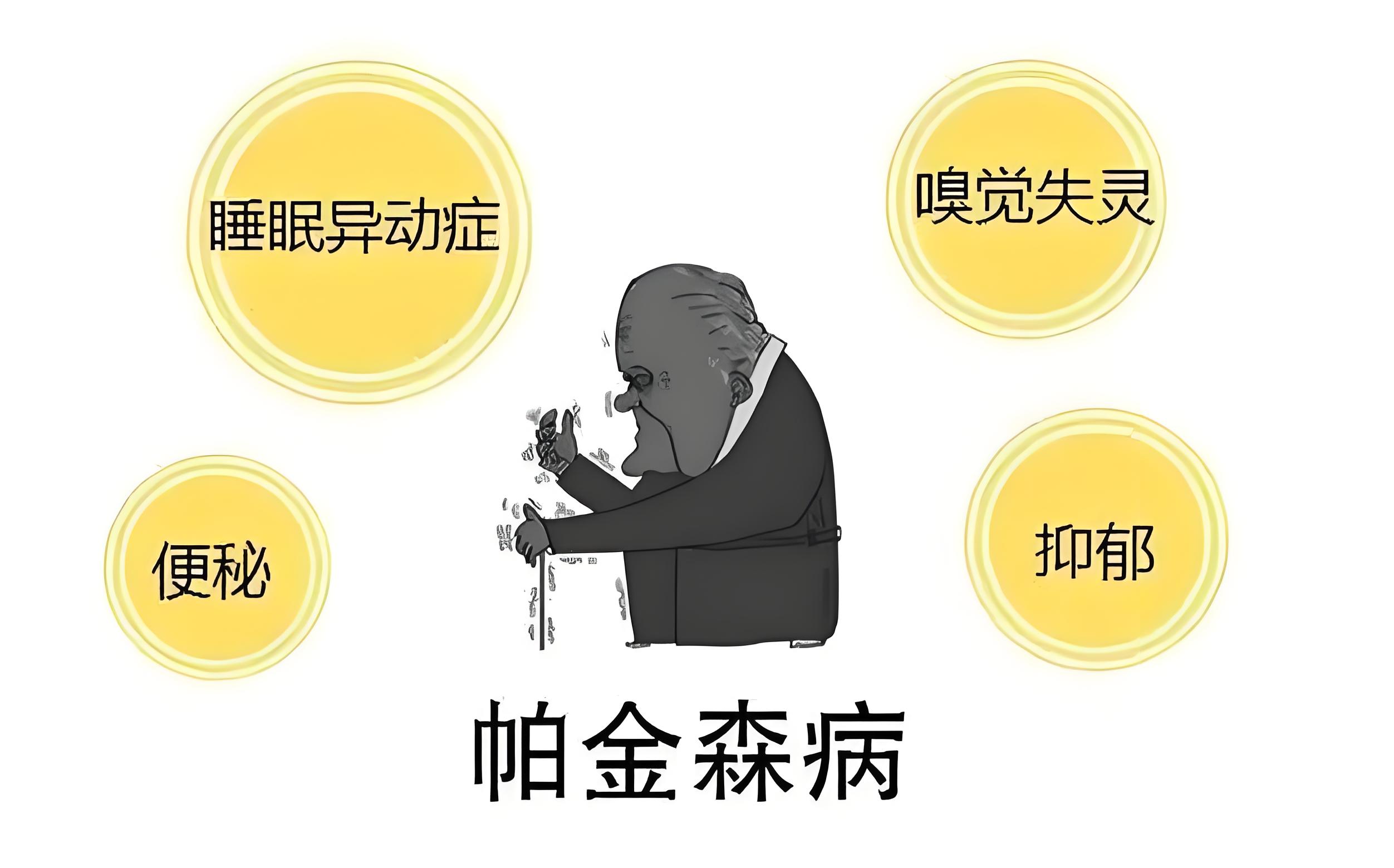FDA在本月的23号批准了第一个用于治疗儿童与成人脊髓性肌萎缩(SMA)的药物——Spinraza (nusinersen) 。
脊髓性肌萎缩是一种致命的遗传性的疾病,是由脊髓前角运动神经元变性导致肌无力、肌萎缩。Spinraza作用于脊髓液,起到治疗的效果。
有关专家指出,脊髓性肌萎缩的治疗是需要一个很长的过程,通常在婴幼儿时期发病无疑是致命的,在人的任何生长时期发病都会对人体造成不同程度的损害。这种治疗罕见疾病的药物的出现,对于患者来说是一个天大的好消息。
脊髓性肌萎缩根据发病的年龄,会有很大的变异性和很多不同的症状。Spinraza的出现能够治疗不同年龄的患者。经过临床实验的患者已经可以控制头、坐着、仰卧位能够踢腿、侧身滚动、爬行、站立和行走等。
临床中发现此药最常见的副作用是上呼吸道感染、下呼吸道感染、便秘等,还有报告称Spinraza会降低血小板和有肾脏毒性。在动物试验中有神经毒性。
The U.S. Food and Drug Administration today approved Spinraza (nusinersen), the first drug approved to treat children and adults with spinal muscular atrophy (SMA), a rare and often fatal genetic disease affecting muscle strength and movement. Spinraza is an injection administered into the fluid surrounding the spinal cord.
“There has been a long-standing need for a treatment for spinal muscular atrophy, the most common genetic cause of death in infants, and a disease that can affect people at any stage of life,” said Billy Dunn, M.D., director of the Division of Neurology Products in the FDA’s Center for Drug Evaluation and Research. “As shown by our suggestion to the sponsor to analyze the results of the study earlier than planned, the FDA is committed to assisting with the development and approval of safe and effective drugs for rare diseases and we worked hard to review this application quickly; we could not be more pleased to have the first approved treatment for this debilitating disease.”
SMA is a hereditary disease that causes weakness and muscle wasting because of the loss of lower motor neurons controlling movement. There is wide variability in age of onset, symptoms and rate of progression. Spinraza is approved for use across the range of spinal muscular atrophy patients.
The FDA worked closely with the sponsor during development to help design and implement the analysis upon which this approval was based. The efficacy of Spinraza was demonstrated in a clinical trial in 121 patients with infantile-onset SMA who were diagnosed before 6 months of age and who were less than 7 months old at the time of their first dose. Patients were randomized to receive an injection of Spinraza, into the fluid surrounding the spinal cord, or undergo a mock procedure without drug injection (a skin prick). Twice the number of patients received Spinraza compared to those who underwent the mock procedure. The trial assessed the percentage of patients with improvement in motor milestones, such as head control, sitting, ability to kick in supine position, rolling, crawling, standing and walking.
The FDA asked the sponsor to conduct an interim analysis as a way to evaluate the study results as early as possible; 82 of 121 patients were eligible for this analysis. Forty percent of patients treated with Spinraza achieved improvement in motor milestones as defined in the study, whereas none of the control patients did.
Additional open-label uncontrolled clinical studies were conducted in symptomatic patients who ranged in age from 30 days to 15 years at the time of the first dose, and in presymptomatic patients who ranged in age from 8 days to 42 days at the time of first dose. These studies lacked control groups and therefore were more difficult to interpret than the controlled study, but the findings appeared generally supportive of the clinical efficacy demonstrated in the controlled clinical trial in infantile-onset patients.
The most common side effects found in participants in the clinical trials on Spinraza were upper respiratory infection, lower respiratory infection and constipation. Warnings and precautions include low blood platelet count and toxicity to the kidneys (renal toxicity). Toxicity in the nervous system (neurotoxicity) was observed in animal studies.
The FDA granted this application fast track designation and priority review. The drug also received orphan drug designation, which provides incentives to assist and encourage the development of drugs for rare diseases.
The sponsor is receiving a rare pediatric disease priority review voucher under a program intended to encourage development of new drugs and biologics for the prevention and treatment of rare pediatric diseases. A voucher can be redeemed by a sponsor at a later date to receive priority review of a subsequent marketing application for a different product. This is the eighth rare pediatric disease priority review voucher issued by the FDA since the program began.



